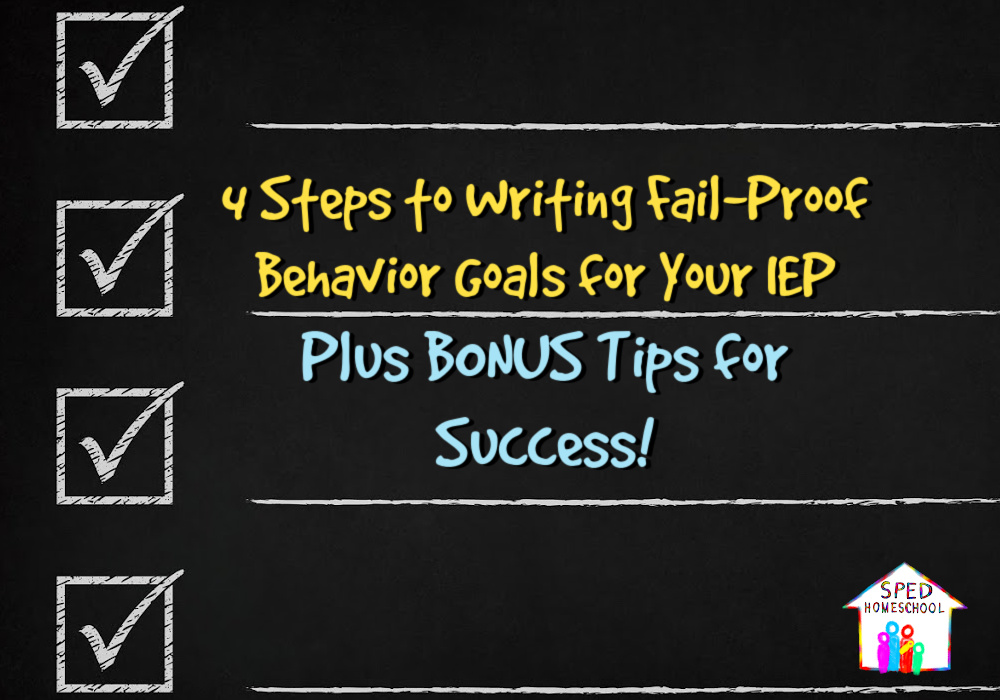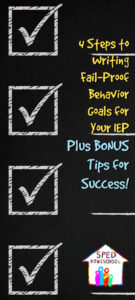By Jan Bedell, Ph.D., M ND, SPED Homeschool Partner and Board Vice-Chair
This month, we have featured articles about Individual Education Plans, or IEPs, for homeschool students. But what if your child still struggles with achieving goals? Do you think your child is capable of meeting their goals but he or she may have a mental block for retaining information? Maybe your child can say all the letter sounds but struggles to put them together when reading. Or does your child still struggle with handwriting goals? An INP may be your missing link to success.
So, what is in INP, and what is the difference between an IEP and an INP? An INP is an Individualized NeuroDevelopmental Plan. NeuroDevelopment (ND) has to do with the brain’s development in three strategic areas of input (getting information accurately into the child’s brain) through the auditory, visual, and tactile channels. We all process information through our senses of hearing, sight, and touch. The brain’s three areas of development for output are language, fine motor, and mobility (ability to move body parts in space, including coordination). To respond to our environment, our brains help us speak, write, and move. Why is this important? The brain controls everything we do, and if the input isn’t right, the output will not be satisfactory. The IEP focuses only on output, or specific performed ability, as the goal. The INP focuses on stimulating the brain to make the goal more easily achievable.
Let me give you an example. If the educational goal is to increase handwriting skills, the traditional approach is to have the student practice writing with specific verbal instruction or a visual example. But, what if the tactile pathway from the brain to the fingers is immature? What if the fingers are not getting the correct feedback from the brain to make the letters well? Or, what if the central detail vision is not fully developed or the eye-tracking and convergence are off, and the visual images are distorted as they are writing? All the practice in the world is not going to overcome these areas of incorrect information from the brain to help the handwriting.
Instead of focusing on the child’s performance, the emphasis should be the root cause(s) of the deficit. Here is where an INP can be very helpful. Allow me to give you an example from my own experience homeschooling my daughter that was developmentally-delayed. On my homeschool IEP, I had the goal of her reading phonetically past CVC words. Of course, a step toward that goal, in my mind, was the mastery of all the phonograms that make up larger words. We used a phonics program with 70 cards representing the sound(s) of each phonogram. My daughter mastered all the cards, even the phonogram with six sounds! But, she was rarely able to hold the sounds together to read beyond three-letter CVC words.
“The brain controls everything we do, and if the input isn’t right, the output will not be satisfactory..”
After getting her INP from a NeuroDevelopmentalist, I understood the additional developmental issues that held her back from reading with phonics. The first issue was her low auditory processing ability. Her processing (short-term memory) was so slow that it prevented the retention of the sounds to make a word after the laborious pronouncing of each phonogram. The second issue that caused reading to be a struggle was my daughter’s central vision had not developed well and, because of this, she kept skipping lines, words, or parts of words. Her INP addressed these areas of neurodevelopmental need. Her plan included eye-tracking activities, specific activities for developing the central vision, and lots of practice for her auditory short-term memory. By adding this input, along with other short, brain-stimulating sessions, she was able to read longer words, which would have been the goal on an IEP but able to be achieved through an INP.
If you are interested in finding out if an INP (Individualized NeuroDevelopmental Plan) is right for your situation, call for a free personalized consultation with a NeuroDevelopmental Specialist. Or, to see if low auditory or visual processing is an issue for your child, go to www.BrainSprints.com and scroll down to “Tools” to get the free processing test kits.



